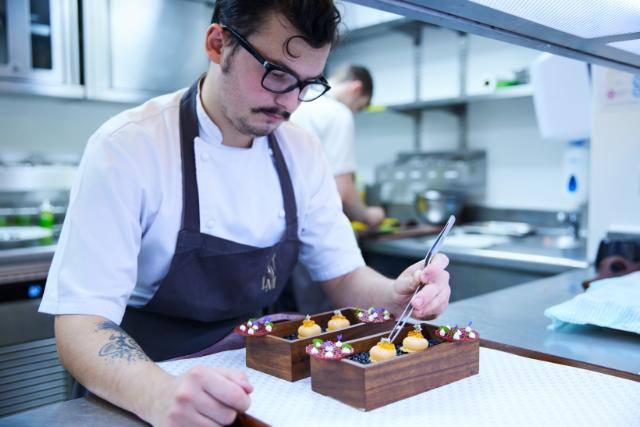
Energy saving tips for restaurants
How to reduce energy consumption in your restaurant
Whether you own a restaurant, pub or bar, working in hospitality can lead to high rates of energy consumption. No matter if you run a small business or global chain, it’s important to maximise your energy efficiency and save money where you can.
It costs around £0.23 in energy bills for every meal made in the average British restaurant. Commercial kitchens are believed to use up to 10 times the amount of energy compared to an average commercial building, like an office. From lighting to dishwashers, you need to know how you can save energy – helping the environment and your wallet.
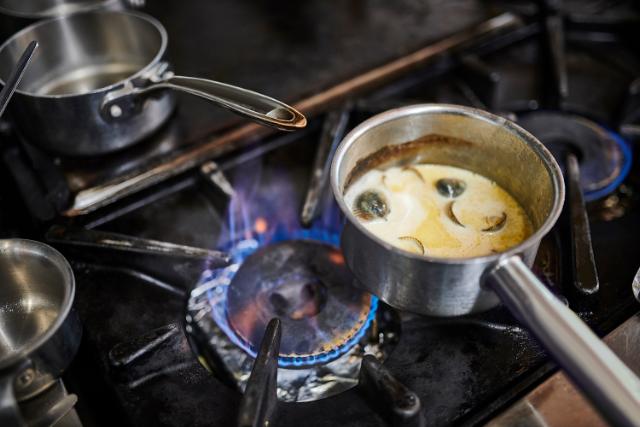
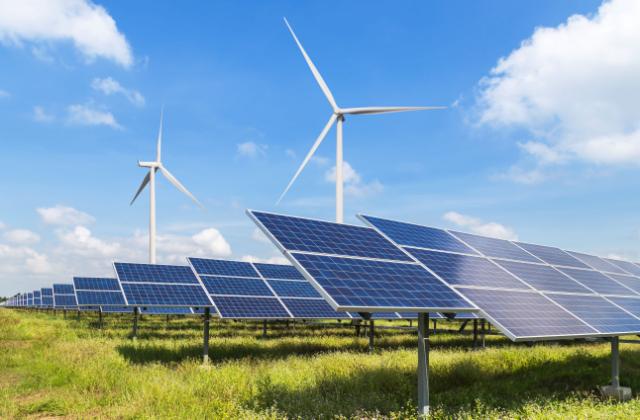
1. Find the best energy supplier
It’s best to start at the source – who is supplying your energy to you and are they offering you the best deal. With so many aggregators online, it’s easy to browse the market and find the cheapest supplier. Although this won’t actually help you cut down on your consumption, it might help you save money.
2. Energy audit
It’s always helpful to have a good understanding of how much energy you use. Conduct your own energy audit by taking a look at your previous energy bills or use an online energy tracking tool. Once you have identified how much you spend and where your money is going, you can set goals and figure out which aspects of your restaurant to target.
Did you know: Foster also offers a free energy audit? Find out more here.
3. Refrigeration
With food preparation and storage accounting for 40% energy usage in restaurants, ensuring you are using your equipment efficiently could help you save a lot. Opt for commercial refrigerators that carry an efficient energy grade, keep their doors closed whenever you can, regularly defrost, maintain and clean them, and check the seals to ensure doors are closing properly. If your fridge is only storing fizzy drinks, then it can be turned off after hours.
See it in action: The Norfolk Deli saved over £3,000 a year switching to our energy efficient EcoShow range.
4. Heating and water
Adjust your thermostat – if a restaurant is full of customers it will be warmer than when it is empty. The night setback feature on the thermostat will also help you save – energy be turned down low on a timer when required. This is often better than turning the heating off entirely, as it prevents the heat source from having to work too hard to reheat the building. Fixing leaks in taps and pipes will prevent losing hot water, and ensuring the pipes are insulated will also reduce heat loss. Don’t install air conditioning unless temperatures rise above 24°C.

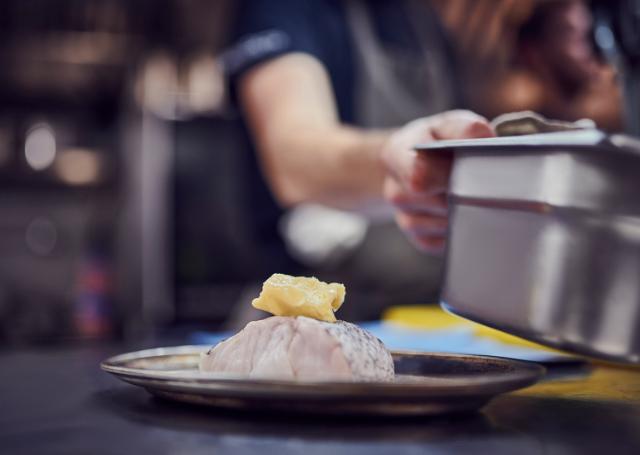
5. Lighting
Energy efficient lighting can use as little as 20% of the energy that traditional bulbs use and last for 25 times longer. The main types of energy-saving bulbs are the compact fluorescent lights (CFLs) and light-emitting diodes (LEDs). It is also important to remember to turn off your lights if they are not being used, for example in cupboards or the employee toilet – maybe place stickers near the switches to remind staff. Another option is using movement detectors, time switches or daylight sensors.
6. Servicing, cleaning and keeping up to date
No matter what equipment you have in your restaurant, make sure it is up to date – the newer the technology, the more efficient it is likely to be. It is also important to ensure that equipment and appliances such as your boiler are serviced regularly and kept as clean as possible.
7. The layout
If you’re soon to open a restaurant, consider the layout of the kitchen. If work can be conducted more efficiently, then less time can be spent using energy. If the kitchen is designed chronologically, then things will run smoother and the electronic equipment will not need to be left on for as long.
8. Best practice
Get in the habit of cooking things on the heat they need, using the right sized pans for the food you’re are cooking and not boiling water twice. Make sure that your own actions are as efficient as possible. You could observe a few shifts to help identify the biggest issues.
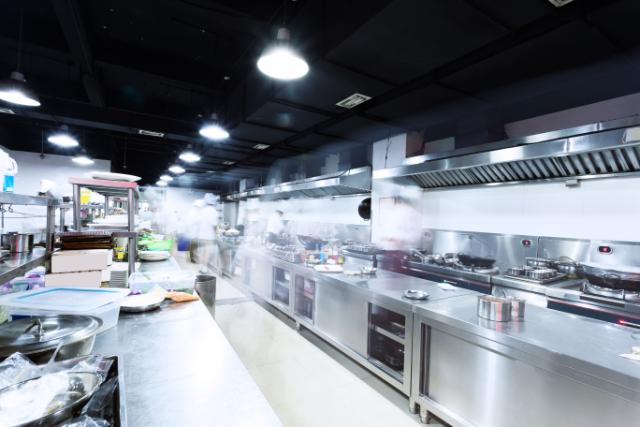
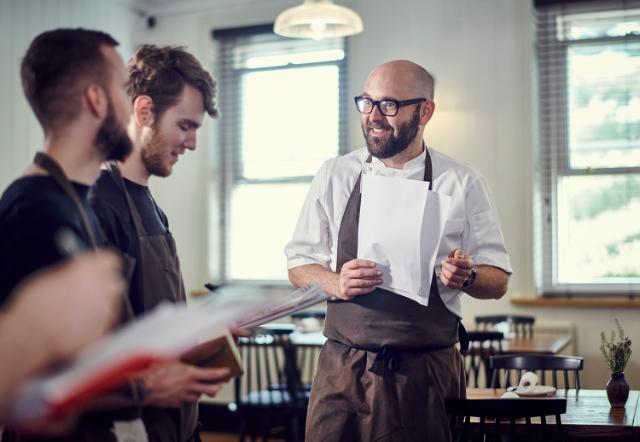
9. Turn things off
There are so many appliances that can be turned off that are often not such as blenders. As well, there are many that remain on a standby mode, such as a microwave, which can drain more energy than you might realise. This is often referred to as Vampire Power.
10. Get the staff involved
Whether it be handing out prizes or having a monthly award, encourage your staff to do what they can. Another option is to designate a role to certain members of staff making them responsible for checking if lights and oven are turned off, for example.
Time to start saving money
Ready to maximise your kitchen's efficiency? Click here to book your free energy audit today.

